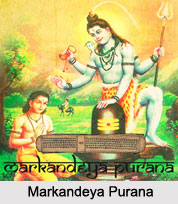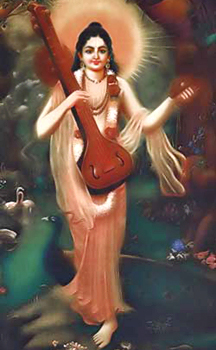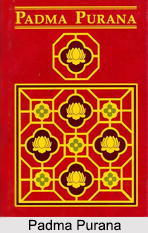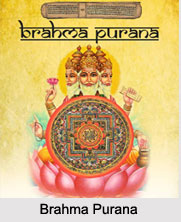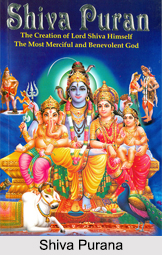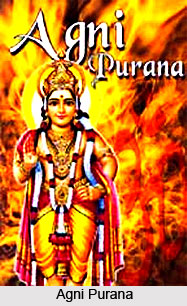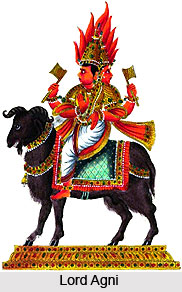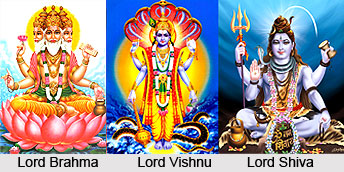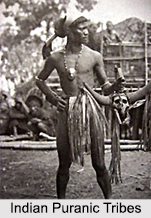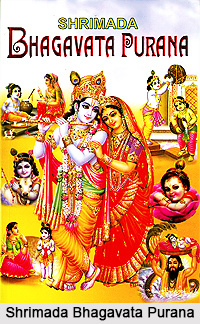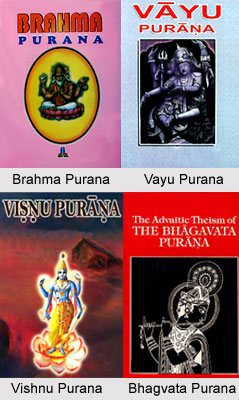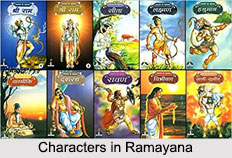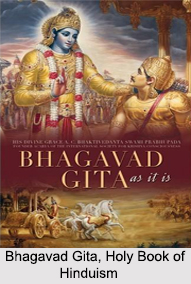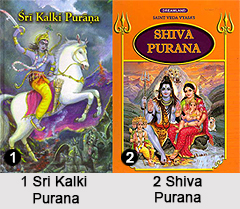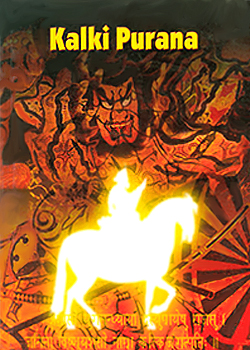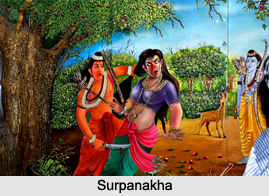Before 1947, when India and Pakistan were one country, India`s neighbour on the northwestern frontier was Afghanistan. At that time there used to be a flourishing trade between India and Afghanistan. One major item of trade coming in was fruit, mainly the dry variety. Natives of Afghanistan, known as Pathans, came to India with stocks of dry fruit. They lived and traded here during the winter months when their own country was covered with snow. Winter over, they went back with things which would sell in Afghanistan, like cloth and spices. Since Delhi was an important business centre, many Pathans came to Delhi to trade. They were generally warm-hearted people but quick to anger and very careful with money. This is a story about one such Afghan trader.
In the city of Kabul in Afghanistan, there once lived a Pathan. His name was Khan Hyder Khan. But like many other men from Afghanistan, he was commonly addressed as simply Khan.
Khan owned a small shop in a bazaar in Kabul. In that shop he sold dry fruit like almonds, raisins, apricots and figs. Right through summer, Khan sold dry fruit. But just before winter, he closed shop. Packing a good stock of dry fruit, he travelled all the way to India. For the next few months his home was Delhi. In Delhi Khan moved from street to street selling his wares. He was very careful with his money, and drove a hard bargain. And nobody had ever known Khan to let a single paisa go waste.
Khan was more than six feet tall. He always wore a turban, with a golden skull cap resting on top of his head. And this added to his height. Clad in a loose salwar kurta and waistcoat, with a flowing beard and moustache. Khan looked fearsome.
People were a little scared of him, especially, small children. But Khan did manage to make a few friends. One such friend was a lala (trader) who owned a shop selling cloth. Every time Khan went past the shop, the lala called him in for a chat. They often had tea and `samosas` together and enjoyed one another`s company.
One day the lala got a special sweet for the Khan. It was pale brown in colour and shaped like a ball cut into half. It was so hard that one could not dig a finger into it. But the lala broke off a piece and offered it to Khan. And when Khan put it into his mouth he was simply delighted. Never before had he tasted anything quite so delicious. He burst into loud praise. Then lala offered him another piece and yet another, Khan kept eating and praising the sweet by turns. At last when he had eaten his fill he asked the lala the name of the sweet. The lala said that it is called `sohan halwa.`
Khan closed his eyes in ecstasy and exclaimed that he will never forget the name of this sweet. Khan thanked his friend again and again for the sohan halwa. Then, with one last loving look at the remainder of the sweet, he left the shop. But he remembered the sweet. It was simply too delicious to forget. Day and night he thought of it. Sometimes he even dreamt of it. And how he wished to eat it again!
Now Khan knew sohan halwa by colour, shape and size. But he had no idea where to buy it. Nor did he seek his lala friend`s advice. He simply made a habit of peeping into shops to see if anyone had sohan halwa for sale.
For days on end Khan looked into shops, He saw a whole lot of things for sale but never sohan halwa. He was beginning to lose heart when one day he saw what he was looking for. Right in front of a small shop, piled in a wooden tray were some twenty pieces of what looked like sohan halwa. True, it was a somewhat dirty looking shop. On one side of the sweet lay a pile of brooms, on the other several coils of rope and a couple of mousetraps. But that did not matter to Khan. He picked up one of the half balls of sohan halwa and dashed into the shop. He bought it for four annas.
Then Khan walked fast. With those long legs, this was fast indeed. He walked till he came to an open square at one end of the market. There was a low wall all around the square. Khan sat down on the wall. With a sigh of sheer happiness he took out the half ball and dug his teeth into it. Almost immediately he spat it out. The sohan halwa was horrible! Khan waited a bit, took another bite and spat it out again. It still tasted horrible.
Unfortunately it tasted extremely bad. Khan was thoroughly puzzled how the sweet at his lala friend`s shop taste so good can while the one he bought was horrible. Suddenly Khan began to feel very angry about the whole thing. He had spent all of four annas and he was going to make the most of it. He did not want to waste money. So he settled down squarely on the wall and began to munch the halwa, hating every bite but munching with determination all the same.
Just then a man happened to pass by. He was amazed to see the Khan pulling the most awful faces but eating away steadily while bubbles came out of his mouth and nose. The man cried at Khan and said that he is eating soap.
Khan frowned at the interruption. He claimed that the man was wrong. He had spent four annas on the stuff and he will not waste his money. The story goes that Khan ate the whole cake of soap. He felt sick for days afterwards. But he had the satisfaction of having made use of his four annas.

